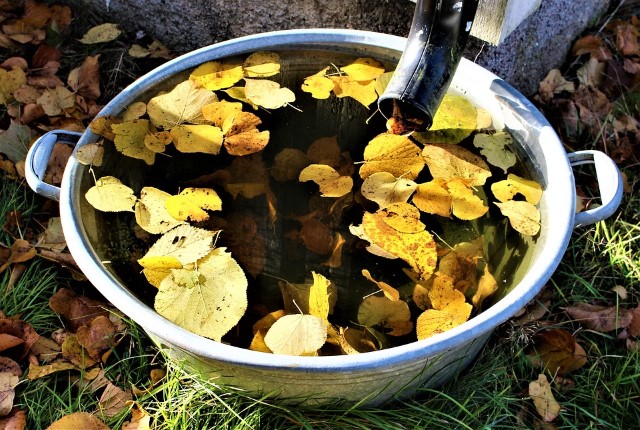Rainwater catchment systems are becoming increasingly popular among homeowners looking to conserve water and reduce utility costs. By collecting and storing rainwater, you can use it for various household purposes while also benefiting the environment.
- How It Works: A rainwater catchment system typically includes gutters, downspouts, a filtration system, and a storage tank or barrel. Rainwater is collected from your roof and channeled into the storage system, where it can be used for gardening, washing vehicles, or even indoor uses like flushing toilets with the proper filtration.
- Why It’s Beneficial: Collecting rainwater reduces reliance on municipal water supplies and helps conserve this precious resource. It can also save you money, especially if you live in an area where water costs are high. Additionally, using rainwater for irrigation helps reduce stormwater runoff, which can prevent flooding and reduce soil erosion.
- System Options: From simple rain barrels to more complex systems with pumps and filtration, homeowners can choose a setup that fits their needs and budget. Be sure to check local regulations before installing a system, as some areas may have restrictions on rainwater harvesting.
Investing in rainwater catchment is a smart, sustainable way to reduce your water usage and support the environment.

